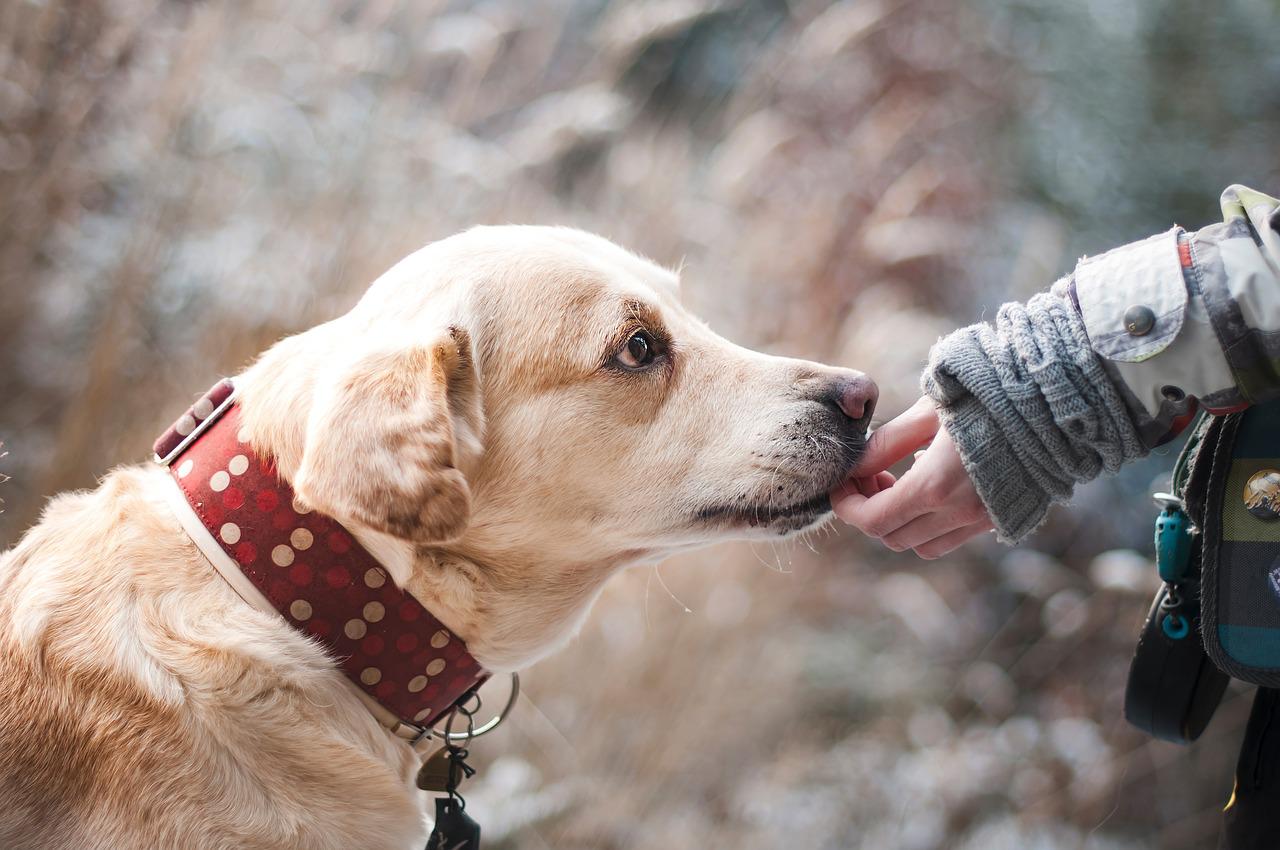
Although the differences between male and female Labs may seem minor, they can have a significant impact on your decision. Learn what to consider when selecting the sex of your Lab.
Average height
Male Labrador
- Adult average height: 22 1/2-24 1/2 inches
- Adult average weight: 65-80 pounds
Female Labrador
- Adult average height: 21-23 inches
- Adult average weight: 55-70 pounds
Overview

Labrador Retrievers have been named one of America Kennel Club’s 10 Most Popular Dogs. They are gentle, loving, and fun dogs. Labrador Retrievers are intelligent and great hunting companions, especially for small games. The breed was originally developed in the UK from Canadian fishing dogs. It was designed to aid hunters in retrieving and finding games.
These large dogs can reach up to a meter in height and have a thick, dense coat. It can be either a deep, dark, or rich chocolate color. The Lab’s best feature is its calm and intelligent eyes. Labs are able to interact with both humans and animals and enjoy engaging activities such as playing football. Swimming Hunting, fetching and retrieving. This loyal dog is a great choice for any job, whether you need a lab to help with hunting or as a family friend.
Male Labrador Overview

Personality
Male and female Labs can be loyal, gentle, kind, and intelligent. There are a few differences between the sexes. Male Labs tend to be more playful, goofier and social, with more interaction with other pets and people. Some males might be more driven to please their owners. Males are more protective of their territory or family.
Training
Labs are easier to train than other breeds. However, male Labs can get distracted easily so may be more difficult to train than their female counterparts. It can be difficult to housebreak them, especially if they are not neutered in a timely manner and live with intact males and females. Males require more consistency and maintenance in their reinforcement training behavior.
Health & Care
Male Labs are more likely to develop reproductive diseases such as testicular cancer or prostate disease. This is especially true if they haven’t been neutered, or have been neutered after sexual maturity. Perianal tumors or hernias can also occur in older males. Talk to your veterinarian about when is the best time for your Lab to being neutered to lower the chance of developing these conditions.
Breeding
At around one year old, male Labs are sexually mature. The male Labs may then seek out a female to mating. This may involve humping furniture, toys, and people. To protect and establish their territory, intact males might also exhibit sexually-motivated aggression or marking behavior.
Female Labrador Overview

Personality
Female Labs are gentle and friendly, just like their male counterparts. Although female Labs are more gentle in showing affection and love, they can be dominant with “mannerly” behavior like pushing or nudging. Although female Labradors are generally docile, they can be aggressive towards other female dogs, particularly if they are of the same age or size.
Training
Male Labs mature quicker than females so it is easier to train female Labs in puppyhood. They are also easier to house-train and less likely to suffer setbacks like accidents. This is partly due to the female’s ability to hear and retain information better.
Health & Care
Due to how they urinate, female Labs are more likely to get urinary tract infections. Female Labs are known to squat down, which can introduce bacteria into their urethras. You can manage this with medication or lifestyle changes such as a prescribed diet. If female Labs are not spayed or spayed at the right time, they may be at risk for reproductive cancers like ovarian, uterine, and mammary cancer. It is best to sterilize your female if you do not intend to breed.
Breeding
Male Labs reach sexual maturity at 7 to 12 months. The females go into heat approximately twice per year. This can cause symptoms such as swollen breasts and increased thirst, neediness, excessive urine, and tail-flagging in order to attract a male. A male dog may follow a female dog to try and mate.
Which Labrador is Right for You?

Although there are subtle differences between the male Lab and the female Labrador, they share the same intelligence, gentleness, and friendliness Labradors are famous for. A male may be more suitable if you are looking for a playful, goofy companion who acts as a guard dog. The female is a better choice if you are looking for a quick trainer and a more refined personality. You’ll have a great experience with this family dog breed, no matter what you choose.